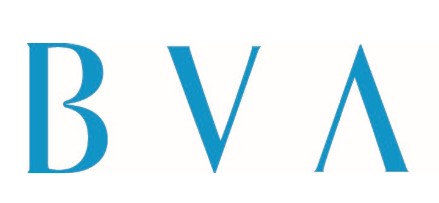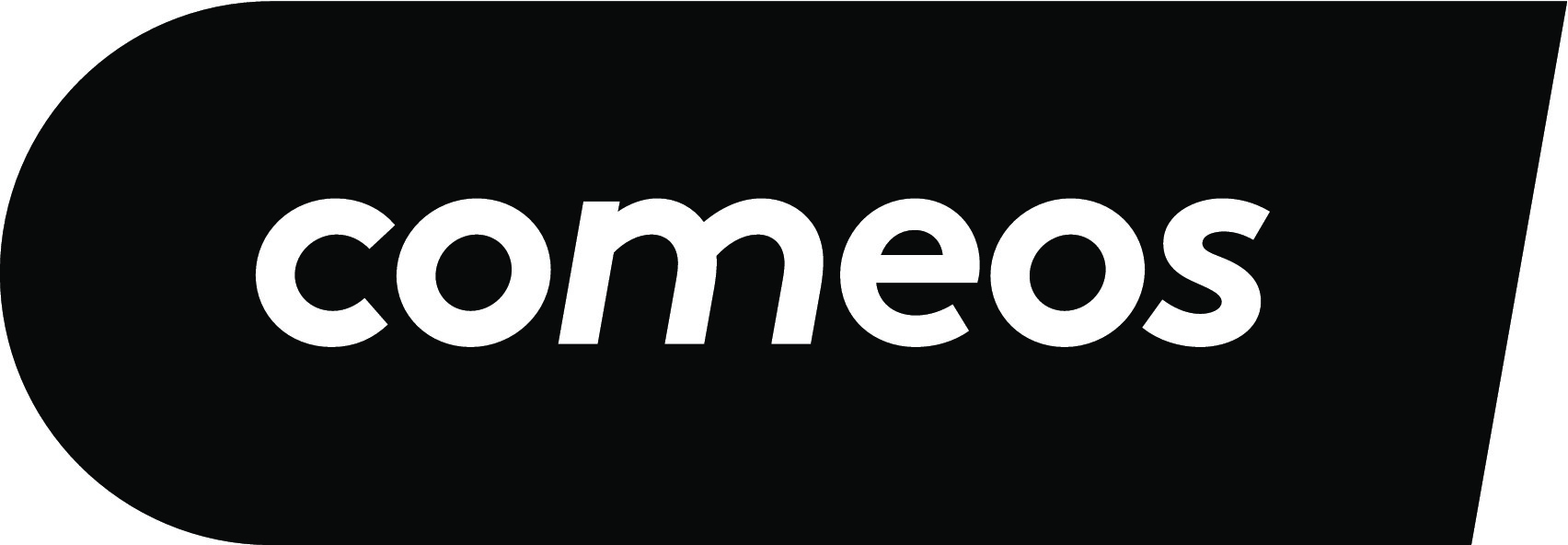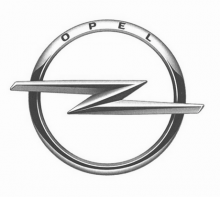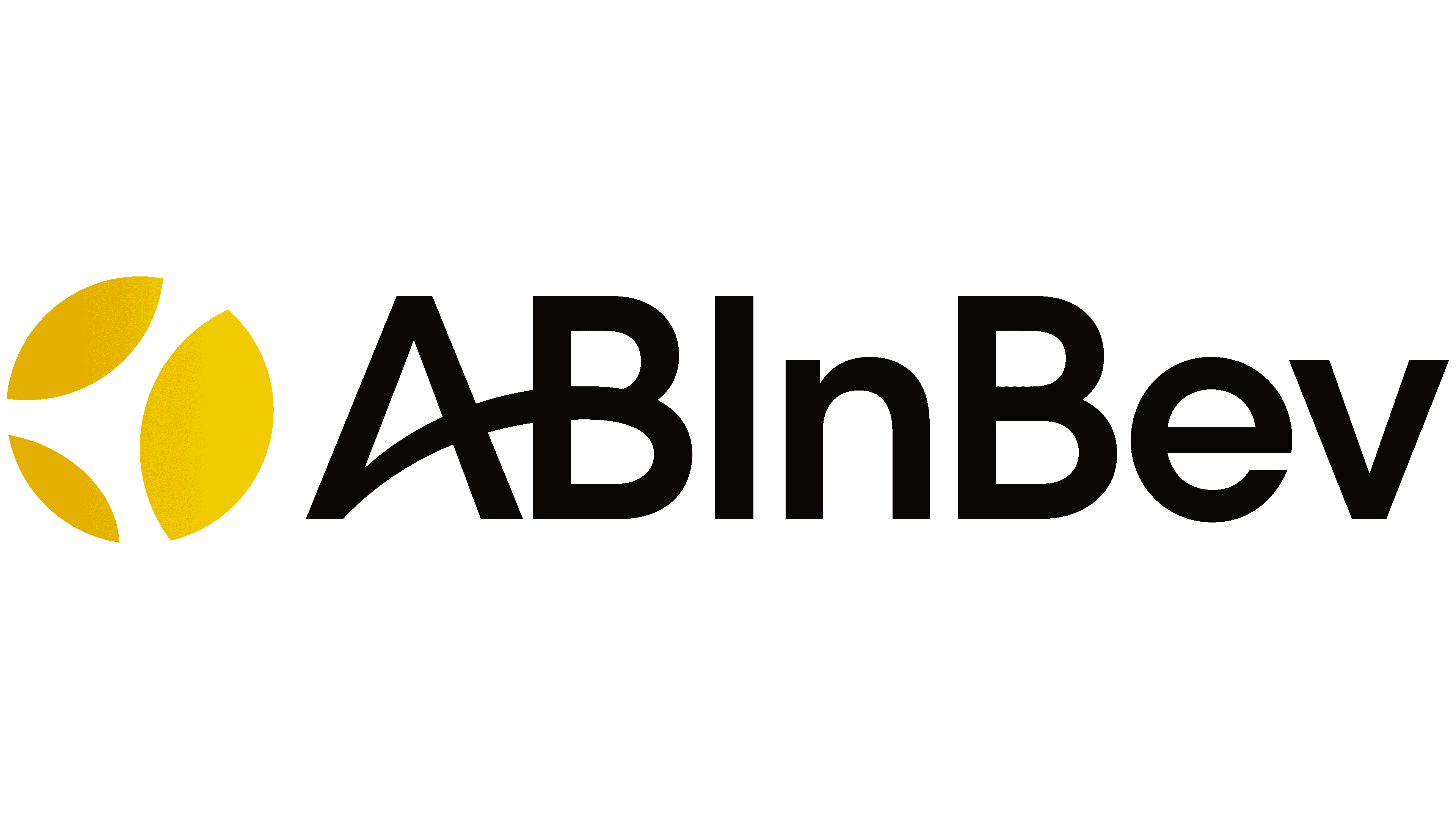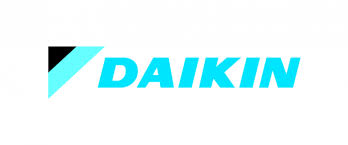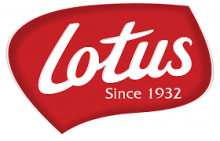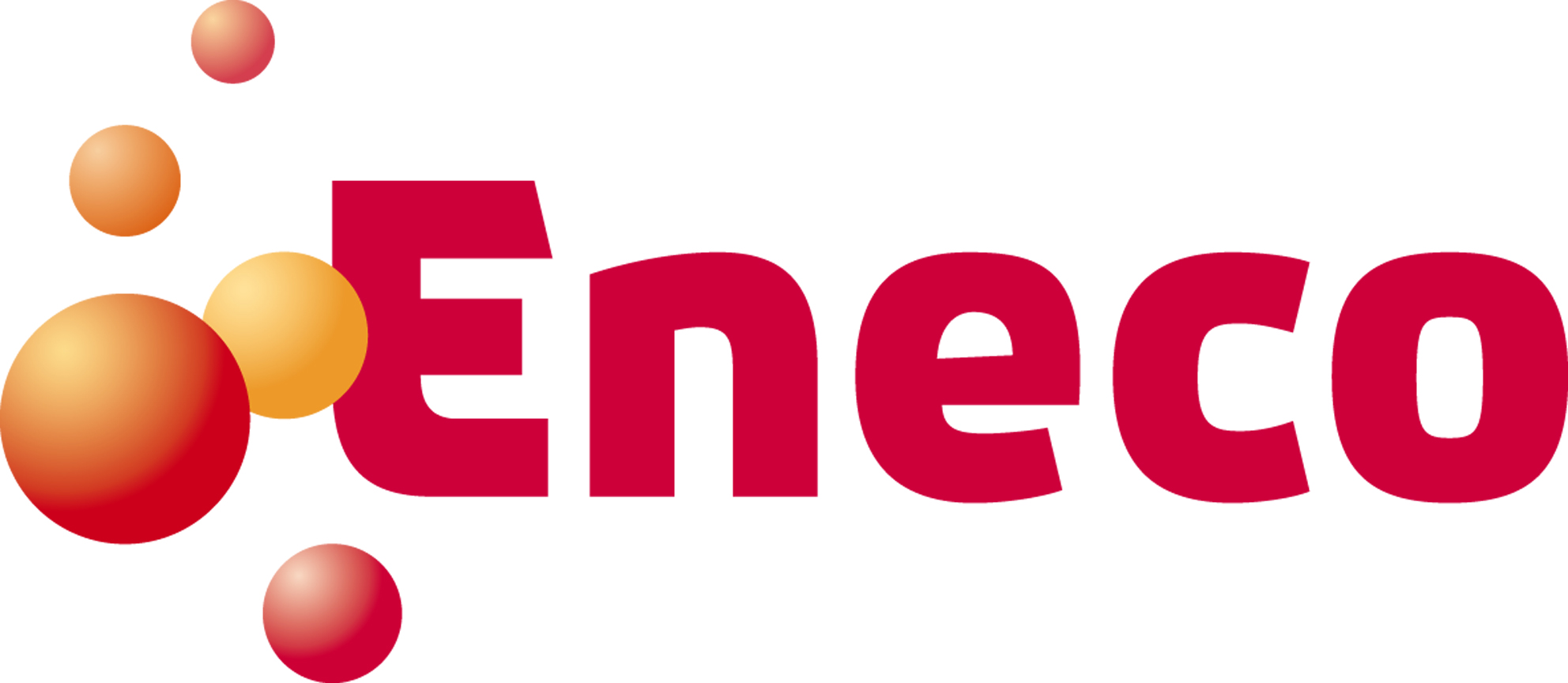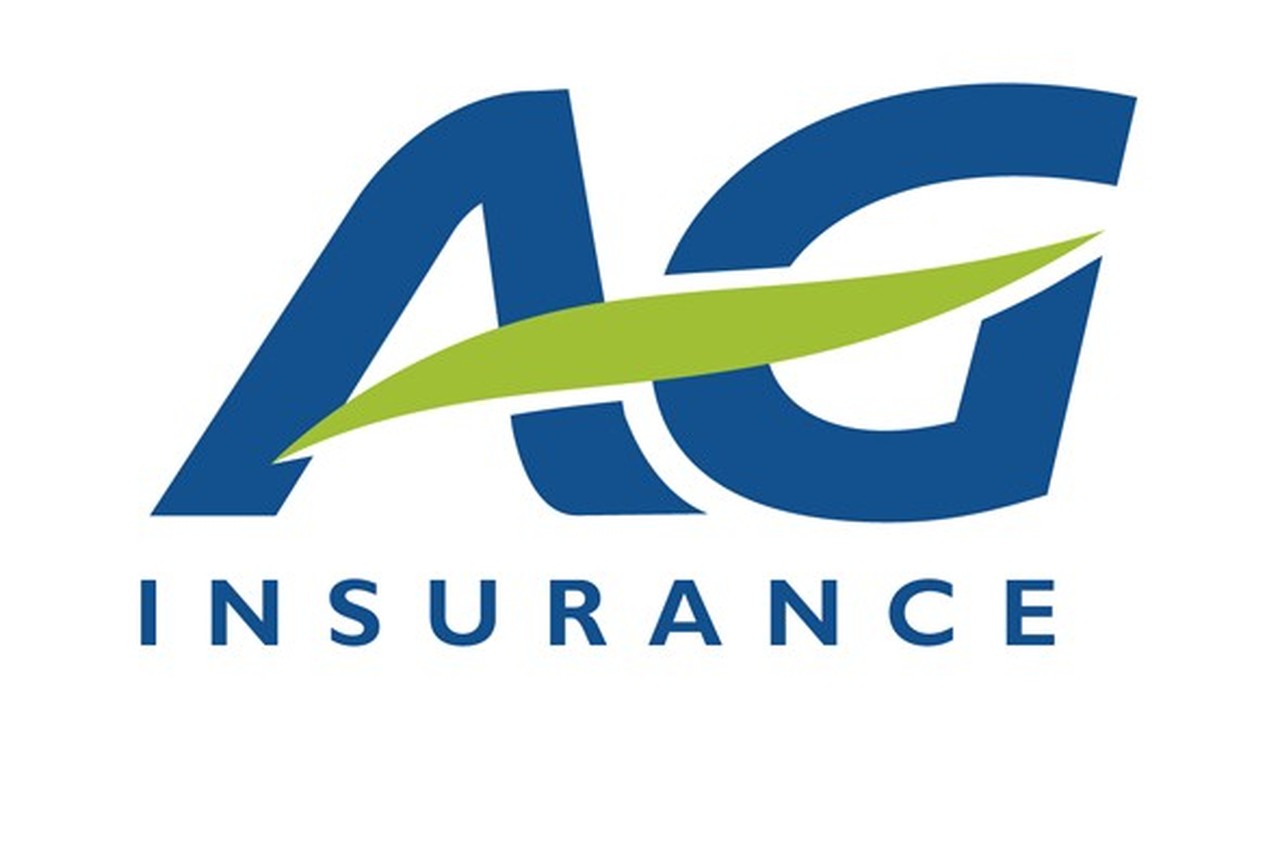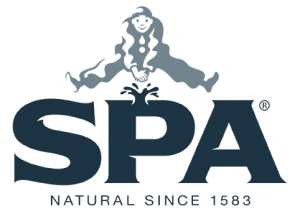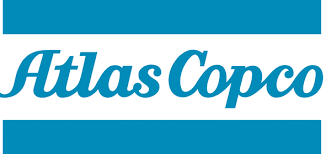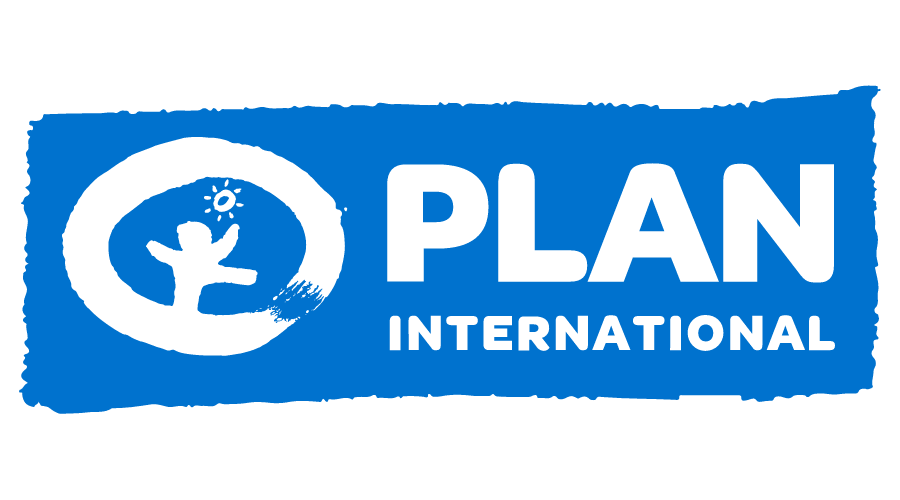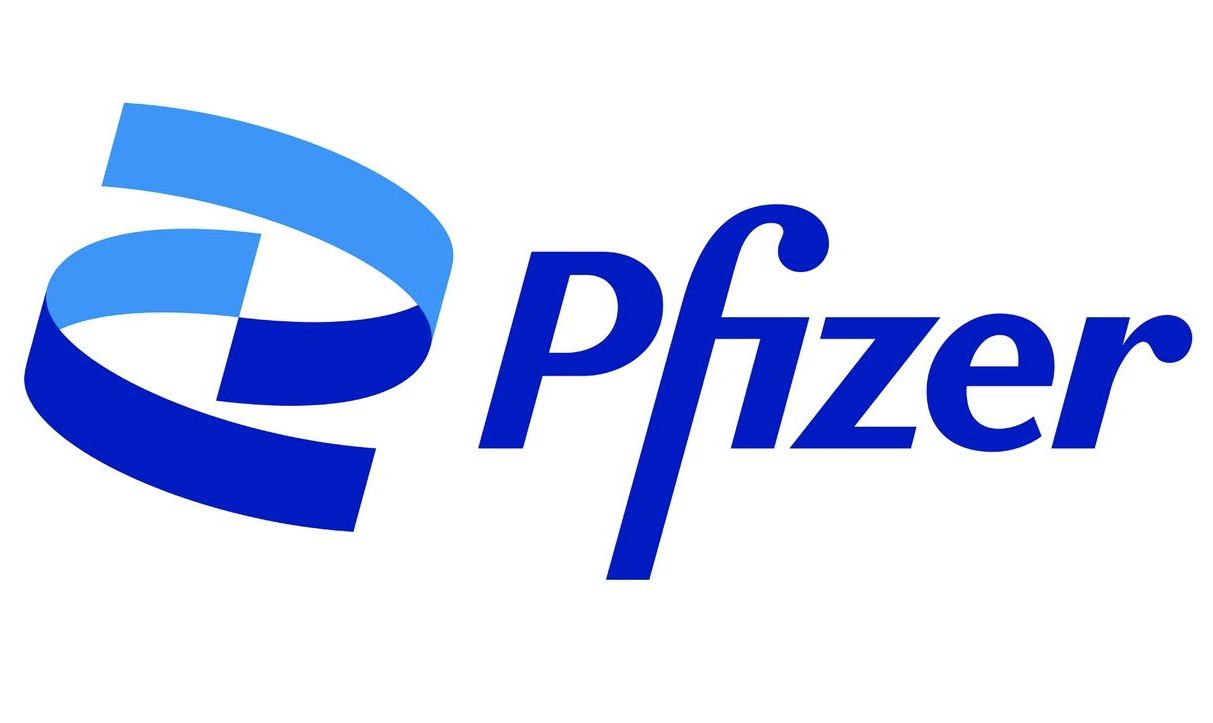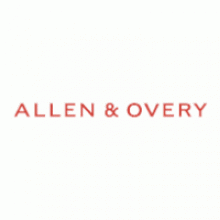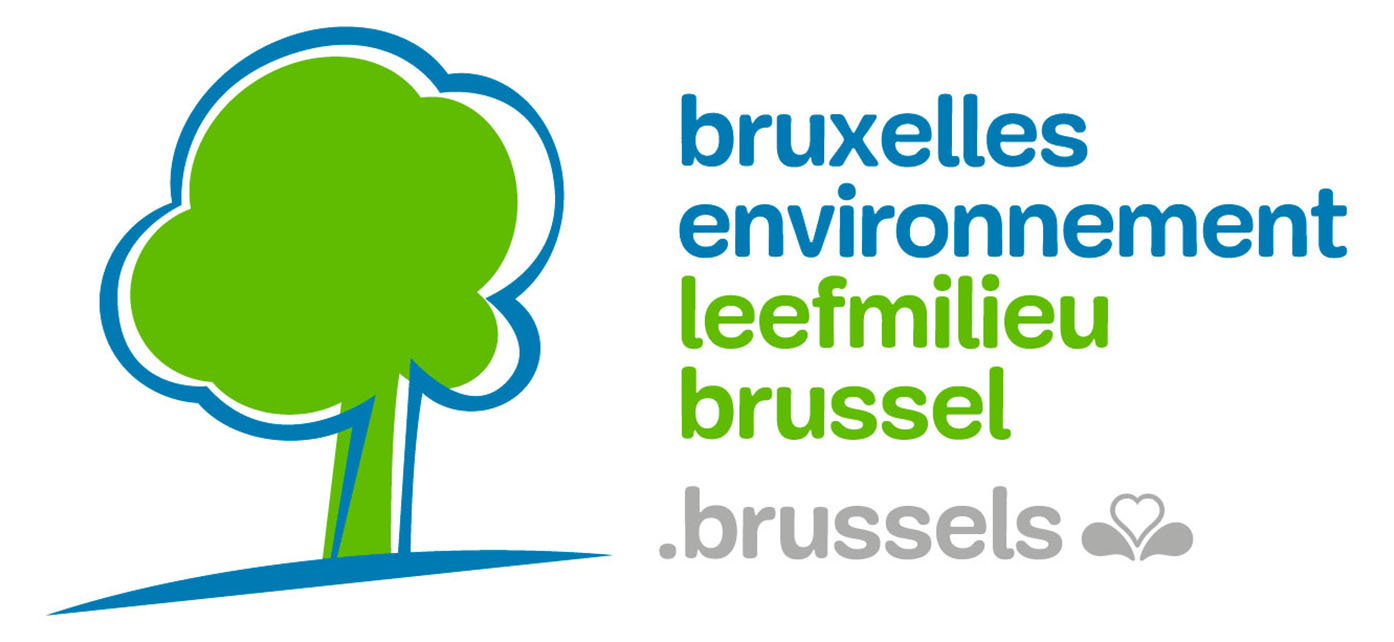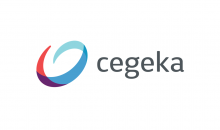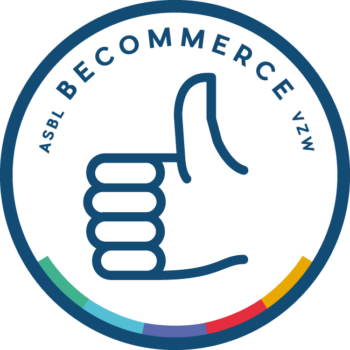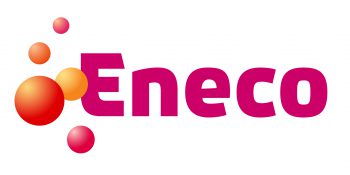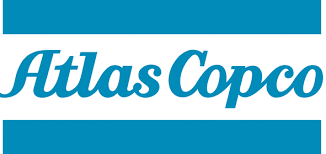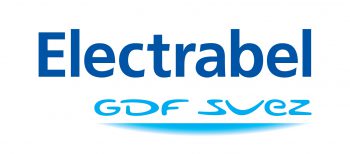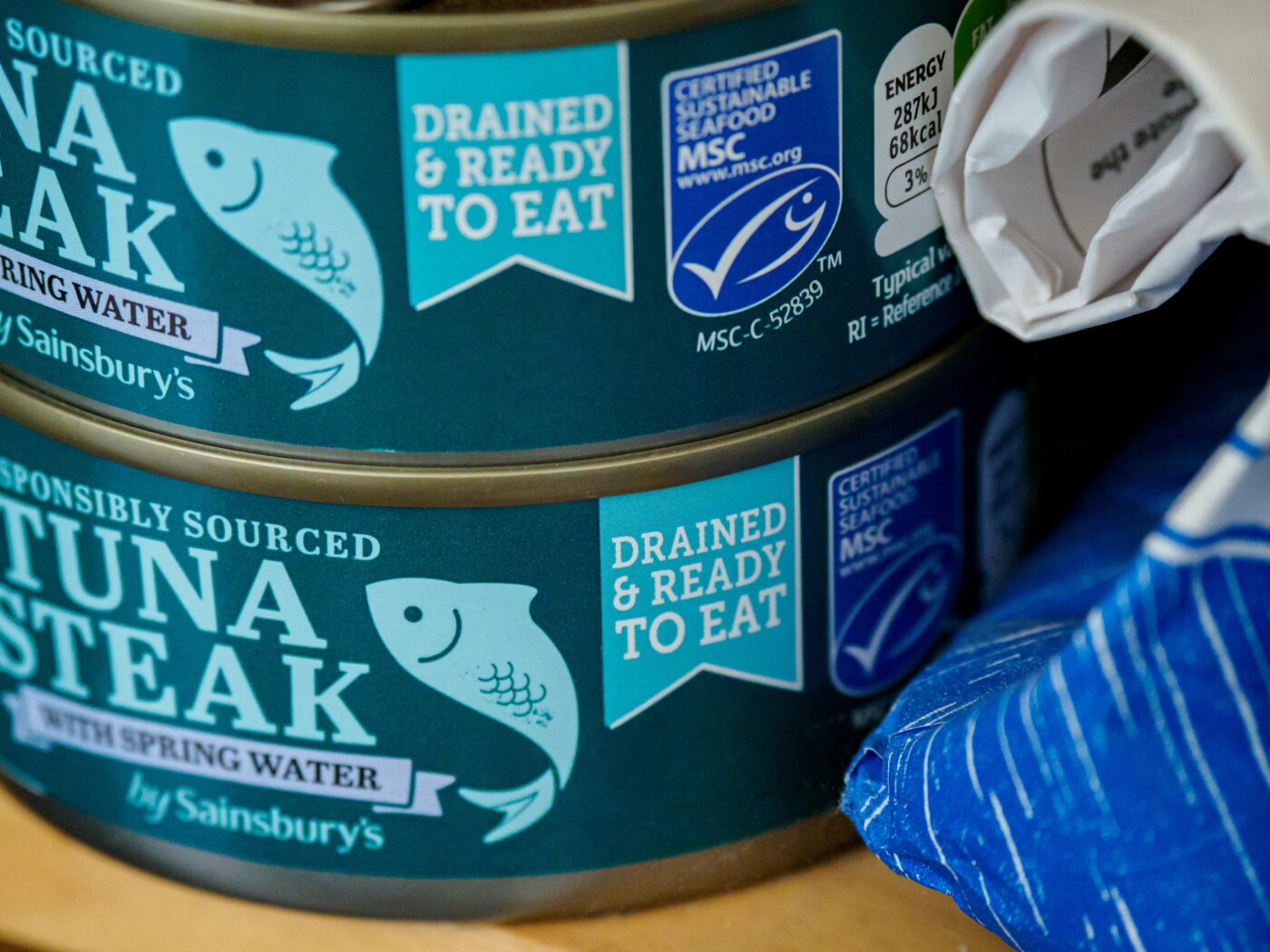Providers of services and products have over the last decades started employing ever more certificates to convince their (prospective) consumers and other stakeholders of the veracious presence of key benefits in their offering, mainly in the realms of quality, safety and sustainability.
These companies have rightly estimated that certificates can be useful tools for communicating product and service attributes with which they can make a difference in the reputation economy.
So you just had a Carbon Trust-labeled slice of bread with Utz-certified chocolate spread? Then get relaxed in your FSC-marked wooden chair and take a close look at a couple of insights on certificates you can simply not go without.
1° Consumers don’t mind if you make up your own label… if you have a (very) strong brand
Should you look for a third party independent certificate or are you well equipped to create a label yourself?
A third party certificate is not always necessary. (If you’re Nespresso, you can go your own way)
It’s important to realise that a third party certificate is not always needed to gain sufficient credibility. Research has shown that it actually makes no difference whatsoever whether you partner up with an external party or go at it on your own… on one important condition: your corporate brand needs to be solid enough for consumers to assess that you would never take the risk of having your premium brand tarnished by a certificate that does not deliver on its promise.
The research was done on Nespresso’s proprietary label, which might give you an idea about the kind of “solid” corporate brand that’s needed to build your own label.
2° However, they might think that an eco-labeled product is inferior
Things go wrong when you make a message too complicated or otherwise oblique. Consumers might not understand that your certificate offers a claim that holds benefits to them.
Researchers exposed a panel to two similar eco-labels for wine, one associated with a quality reduction and the other not, discovered that respondents preferred both eco-labeled wines over otherwise identical conventional counterparts, when the other wine was lower in price and the wine was from a lower quality region.
However they preferred a more expensive wine from a high quality region without a label over both eco-labeled wines. It seems that consumers associate eco-labels in general with inferior quality.
If you use eco-labels, don’t forget to communicate about other qualities, like great taste.
3° If you’re creating your own, co-create labels with your stakeholders (especially if you target millennials)
Any company that goes about construing a new certificate should consider involving its key stakeholders in the process. Your suppliers, contractors, customers, consumer organizations,… will both give you valuable intelligence on what the market is asking for and valuable buy-in for the label in which they had a say.
Targeting millennials? Then creating a label might be a good option. Millennials care greatly about both values and co-creation.
A new brand, service or product is only started by the company; it’s finished by the customers. Millennials are a generation that wants to co-create the product, the brand, with you
Alex Castellarnau of DropBox (in Forbes : 2015 is the year of the millennial customer)
Sources
- Mohamed Akli Achabou, Influence de la marque sur la préférence des consommateurs pour les labels environnementaux, 2014
- Magali A. Delmas and Neil Lessem, Eco-premium or eco-penalty?, 2014
